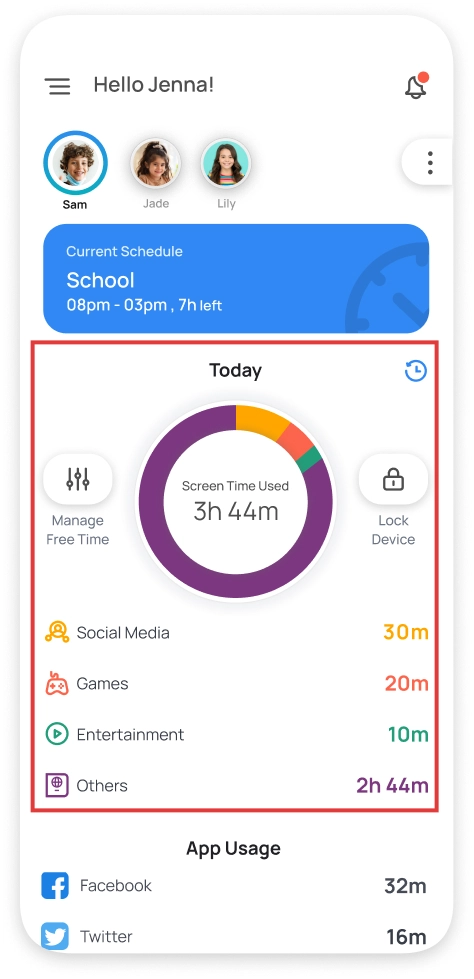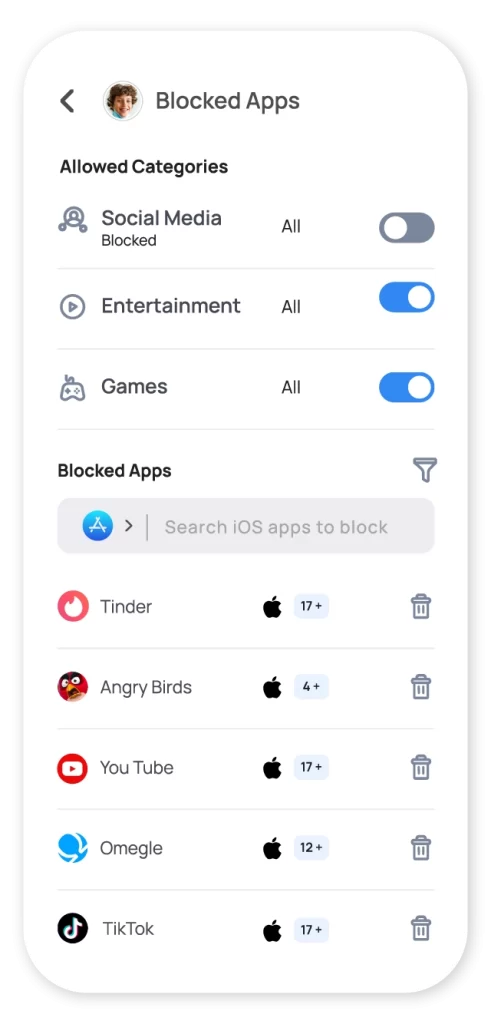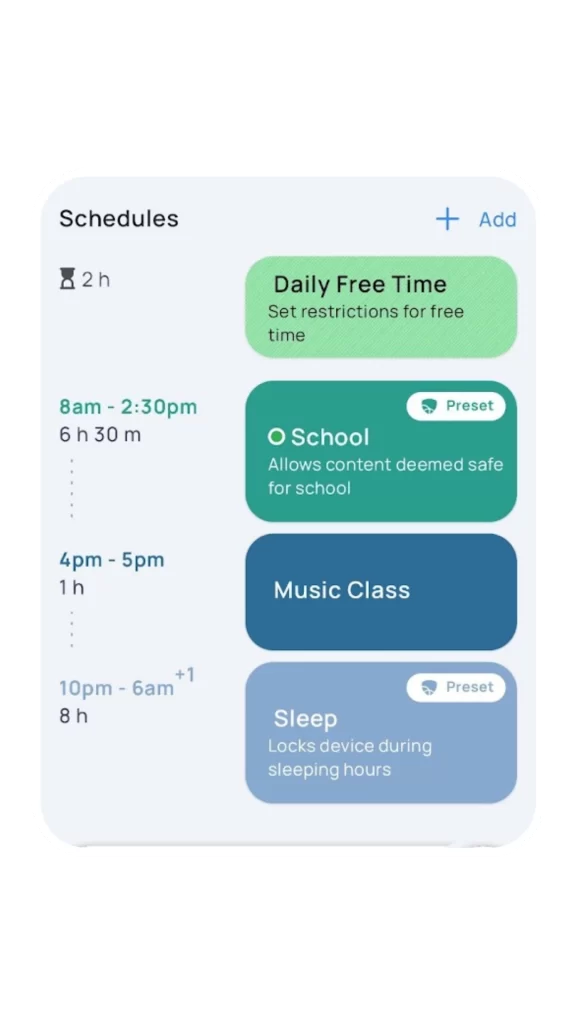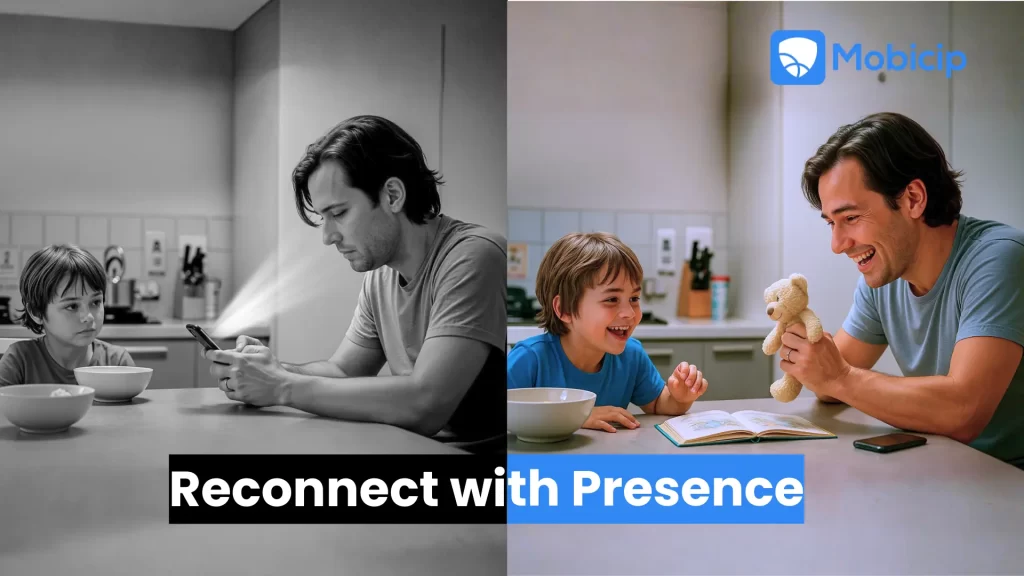Negative Effects of Technology & How To Overcome Them

Technology is inevitable and even critical to our daily lives today. It plays a vital role in our mental and physical existence in the world – it’s no longer “I think, therefore I am” but is “I digitize, therefore I am”. While technology offers a new and unlimited medium for information and knowledge to our children and a border-free means of communication, the negative effects of technology cannot be overstated. Let’s see some of the most common dangers of technology use on the physical and mental health, education and social life of children and teenagers.

Physical effects
The negative impacts of technology on the physical health of youngsters is the most easily quantifiable negative of technology. The most commonly cited health effect of technology use is metabolic disease caused by sedentary lifestyles. Sitting with a digital device not only reduces the amount of physical movement required to stay healthy, but also induces snacking more, all of which leads among many illnesses, to obesity. Constant sitting also leads to back and neck problems. These problems are exacerbated by bending into the handheld device all the time, leading to an entirely new disease – Text Neck. Tendonitis in the thumb caused by repeated use of thumbs to push buttons on devices or playing too many games and Carpel Tunnel syndrome are other physical problems that are caused by overuse of the wrist and fingers to type on different devices.
Constant staring at the screen could lead to chronic headaches and poor eyesight. Digital vision syndrome is becoming a prevalent set of new ailments. Loud and incessant music in headphones is likely to cause hearing loss and ringing in the ears. Download Mobicip for free to start managing your child’s screen time and keep them within healthy limits.
Using technology too close to bedtime interferes with sleep, both through causing melatonin-seratonin imbalance and by hyperactivating the thought process through sensory overstimulation. Blue light emitted by various screens disturb the body’s natural circadian rhythm, leading to nsomnia and related mental fog.
Mental health
Technology addiction is a serious mental health problem that is triggered by use/overuse of the digital tools, and this can destroy the child’s health and social life, and destroys social and family bonds. Chronic Smartphone Stress is a newly discovered problem of digital usage. Constant notifications and interactions with the digital tools is establishing new stress-fear memory pathways in the brain. The part of our brains that normally deals with higher level thinking shuts down under such flight-fight states and costs us brain power and time.
Depression and anxiety has been shown to be directly linked with social network usage. Several systematic reviews showed the link between social networks and depression/anxiety. Children who overuse technology may be more likely to experience mental health issues. These may include lack of attention, low creativity, delays in language development, delays in social and emotional development, and addiction to these technologies. A study of teenagers aged 15–16 found that those engaging in digital media for longer times had an increased chance of developing symptoms of attention-deficit hyperactivity disorder (ADHD).
Social Health
Human beings are social animals and have over millennia, lived in social groups. The social recluse has always been an exception than the norm. But the Internet and social media, originally intended to bring people together, has physically isolated us from each other. This appears especially true of the young population. A 2017 study of young adults in the age group of 19–32 years found that people with higher social media use were more than three times as likely to feel socially isolated than those who did not use social media as often. “Social networking” is in reality “social isolation”.
Overusing technology is depriving our children of social skills. Children prefer to chat on online platforms rather than meet up with a friend in person.. Replacement of real-life interaction with online communication results in the loss in the ability to read cues like facial expressions, body language and tone.
Education
While the unlimited amount of information available online is apparently conducive to education, it has not really advanced the cause of education to any great extent, it seems. The ready availability of information has led to an overuse of technology in the classroom. This negatively affects the learning process. Apart from fostering plagiarism and cheating , overuse of technology and the Internet has adversely affected powers of analysis and critical thinking. Studies have shown that increased engagement in entertainment technologies like games and social media leads to poorer academic performance.
Safety
Misuse of technology can expose the child to a number of risks. One in three teenagers are victims of cyberbullying. Another risky teenage technology abuse is sexting; 39% of teens admit to have sent sext messages, and almost half of the teenagers have received digital messages containing nudity. The ease of information access has blurred the borders of privacy. Hackers can use personal information for nefarious purposes, putting the child at risk.
The Kids Online Safety Act (KOSA) was reintroduced in the U.S. Senate in May 2025 and aims to protect minors online through parental tools, transparency, and limits on harmful platform features. It has strong Senate support but is not yet law, and its progress in the House remains uncertain.
How to recognize technology addiction among youngsters?
- Teachers and friends complain about tech use of the child
- The youngster has neglected relationships in favor of technology, a phenomenon now called phubbing.
- There is a fall in grades and performance at school
- Changes in sleep, eating and exercise habits
- Anxiety and stress for no apparent reason
- Frequent headaches, eye strain, muscle pain, or overuse injuries.
- The child can’t seem to stop fiddling with her digital devices
How to reduce the negative effects of technology use/overuse on children
It is impractical to remove technology from the child’s life. Yet, moderation is a must to reduce the negative impact of technology on our children. The American Academy of Pediatrics (APA) recommends the following limits for screen time:
Under 18 months: Avoid screen time, except for video calls.
18–24 months: Offer high-quality programs and watch together.
2–5 years: Limit to one hour per day of supervised, high-quality content.
6 years and older: Set consistent limits on screen time and content. Ensure media does not disrupt sleep, exercise, or other healthy behaviors.
What can parents do?
Parents and caregivers can follow the following steps to help children gain benefits from technology without falling into the pitfalls:
- Monitoring and controlling tech time and content. Parental control tools can be used to restric screen time and content on children’s gadgets depending on their age. Such applications help set screen time limits allowed as well as apps and web content to be viewed.
- Open communication. It is important to talk to the child about privacy risks and dangers of cyberspace. With rights come responsibilities, and the child must be aware of the consequences of inappropriate behavior and device misuse.
- Keeping up with the kid. Digital trends change in the blink of an eye. It is important for the caregiving adult to be aware of the current digital trends that are popular among youth. This would help in guiding the child and firefighting if need be.
- Finding alternatives to technology. Human beings have been entertained long before technology came into being. Introducing traditional non-technology forms of entertainment such as hard paper books, board games and outdoor sport can free some of the time that the child spends on the gadget. Organizing family times free of electronic devices is imperative to build social skills and family bonds.
How Mobicip Can Help
Mobicip helps parents keep kids safe online while promoting healthy tech habits.
Key features include:
Screen time limits: Set daily device schedules to balance tech use with sleep, play, and family time.

Content filtering: Block apps and websites based on age-appropriate ratings.

App monitoring: See which apps your child uses and how often. And flag inappropriate content

Custom schedules: Plan device use for school, homework, or downtime.

With Mobicip, parents stay in the loop, guide their kids safely, and ensure technology is a tool, not a trap.
Some steps that all of us can take to keep ourselves healthy in the digital era are:
Standing and moving: Get up and move around every half an hour to up that blood circulation and give the much needed movement that can prevent back aches and neck pain
Ergonomic seating: Even without ergonomic seats, always sit upright with your back against a straight backrest and engage your abdominal muscles. Avoid slouching while using handheld devices.
Hold phone at eye level: Instead of keeping the device such as tablet or mobile phones on the lap, keeping it at eye level can help avoid text neck.
20-20-20 rule: The American Optometric Association recommends taking a 20 second break after every 20 minutes of screen time to look at something 20 feet away to ease eye strain when looking into a glowing screen. The APA also recommends adoption of media-free times, such as dinner time, as well as media-free zones within the home.
Practice digital hygiene: The Junk Sleep movement in Singapore proposed the idea of digital hygiene by encouraging students to turn off their computers at least an hour before they go to sleep in order to allow the brain to shut off and defragment correctly during REM sleep. Switch off all devices at least an hour before shut eye.
Conclusion
“Any sufficiently advanced technology is indistinguishable from magic.” Technology can be magical for children—opening doors to learning, creativity, and connection—but without guidance, it can quickly become harmful. By setting limits, encouraging offline activities, and using tools like Mobicip to monitor and manage screen time, parents can ensure technology stays a force for good. Awareness, moderation, and active involvement help children enjoy the benefits of the digital world without falling prey to its dangers. Let’s keep the magic alive—and avoid turning it into a source of stress, addiction, or harm.





